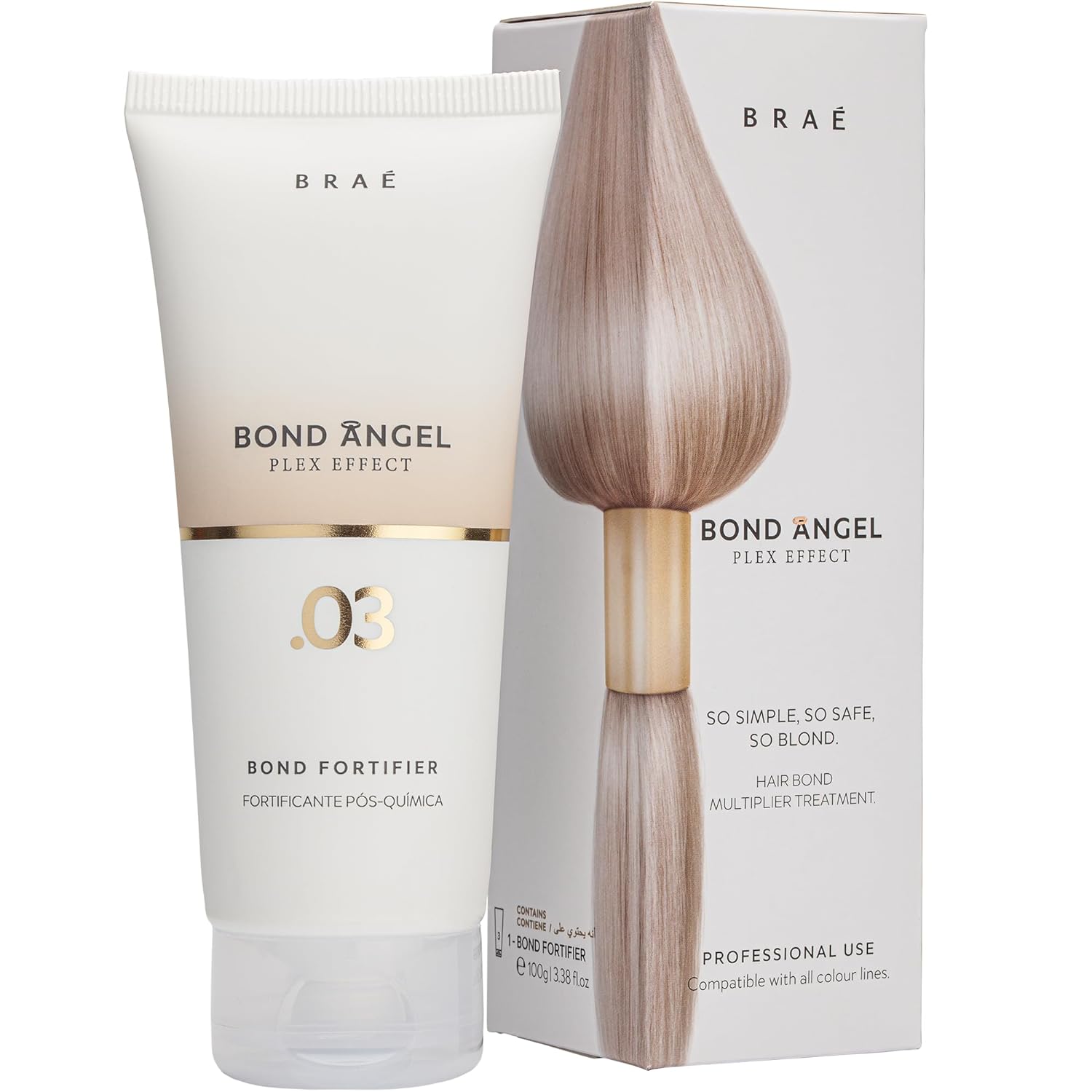
Bond repair treatments have become a game-changer in hair care, promising to transform damaged locks into luscious tresses. But what makes these treatments so effective? At their core, bond repair products work by targeting and repairing the disulfide bonds in your hair, which can become damaged through chemical processes, heat styling, and everyday wear and tear. These innovative treatments penetrate deep into the hair shaft, repairing, strengthening, and protecting hair from further damage. Whether you're a hair care enthusiast or someone looking to rescue damaged hair, understanding how bond repair treatments work can be the first step towards achieving healthier, stronger hair. In this introduction, we'll unravel the science behind bond repair treatments and highlight 20 fascinating facts that showcase their benefits and versatility in hair care.
Bond repair for hair is a topic that garners attention from anyone looking to restore or maintain the health of their hair. Whether due to heat styling, chemical treatments, or environmental stressors, hair bonds can break down over time, leading to damage. Understanding how bond repair works and the science behind it can empower individuals to make informed decisions about their hair care routine.
What Is Hair Bond Repair?
Hair is primarily made up of keratin, a protein that gives it strength and elasticity. Within each strand of hair, there are different types of bonds that play a crucial role in maintaining the hair's integrity and appearance. Bond repair treatments focus on repairing and rebuilding these bonds, particularly disulfide bonds, which are often damaged through chemical processes and heat styling.
- Disulfide bonds are strong bonds that give hair its structure and strength. When these bonds are broken, hair becomes weak and prone to breakage.
- Treatments for bond repair often contain ingredients like cysteine, a naturally occurring amino acid, which helps to rebuild disulfide bonds.
- Regular use of bond repair treatments can significantly reduce hair breakage and improve its overall health and appearance.
How Do Bond Repair Treatments Work?
Bond repair treatments work by targeting and repairing the hair's internal structure. They can be found in various forms, including shampoos, conditioners, and specialized treatment products.
- These treatments typically work by penetrating the hair shaft to reach the cortex, where most of the disulfide bonds are located.
- Once inside the hair shaft, active ingredients in the treatments relink broken disulfide bonds, strengthening the hair from within.
- Some bond repair products also form a protective layer around the hair shaft, helping to prevent future damage.
The Benefits of Bond Repair
Incorporating bond repair treatments into your hair care routine can offer numerous benefits, especially for those with damaged or chemically treated hair.
- Bond repair can restore elasticity to hair, making it less prone to snapping and breaking during styling.
- It can also improve hair texture, making it feel smoother and look shinier.
- Over time, hair that undergoes regular bond repair treatments can appear healthier and more vibrant, as the treatments help to reverse damage.
Choosing the Right Bond Repair Treatment
With so many products on the market, choosing the right bond repair treatment can seem overwhelming. However, understanding what to look for can simplify the process.
- Look for products that contain key active ingredients known for their bond-repairing properties, such as cysteine or bis-aminopropyl diglycol dimaleate.
- Consider your hair type and the level of damage when selecting a treatment. Some products are designed specifically for severely damaged hair, while others are suitable for mild damage.
- Professional-grade products often offer more potent formulations than over-the-counter options, making them a good choice for those with significant hair damage.
DIY Bond Repair vs. Professional Treatments
While there are many at-home bond repair products available, professional treatments can offer more dramatic results for severely damaged hair.
- Professional treatments are applied in a salon by trained stylists, ensuring that the product is distributed evenly and penetrates deeply.
- These treatments can be more concentrated and effective, but they also tend to be more expensive than at-home options.
- At-home treatments are a convenient and cost-effective way to maintain hair health between salon visits.
Common Misconceptions About Bond Repair
Despite its popularity, there are several misconceptions about bond repair that can lead to confusion.
- Bond repair treatments are not the same as protein treatments. While both can strengthen hair, protein treatments work by filling in gaps in the hair cuticle, not by repairing disulfide bonds.
- Another misconception is that bond repair treatments can make hair immune to future damage. While they can significantly reduce the risk of damage, they cannot prevent it entirely, especially if hair continues to be exposed to harsh treatments or environmental stressors.
- Finally, some believe that bond repair treatments can restore hair to its original state. While they can greatly improve the condition of damaged hair, they cannot fully reverse all types of damage.
The Future of Hair Bond Repair
As research into hair science progresses, the future of bond repair looks promising. Innovations in hair care technology continue to emerge, offering new solutions for damaged hair.
- New ingredients and formulations are being developed that can repair bonds more effectively and provide longer-lasting results.
- There is also a growing trend towards sustainable and natural bond repair products, appealing to environmentally conscious consumers who prefer to avoid harsh chemicals.
Bond repair is an essential aspect of hair care for anyone looking to maintain or restore the health of their hair. By understanding how these treatments work and choosing the right products, individuals can enjoy stronger, healthier, and more resilient hair.
A Final Brushstroke on Bond Repairing
We've journeyed through the intricate world of bond repairing, uncovering its significance for healthy, resilient hair. From understanding the science behind hair damage to exploring the revolutionary treatments that can reverse it, we've covered essential ground. Remember, maintaining strong, vibrant locks goes beyond regular trims and conditioners; it's about diving deep into the hair's structure and nurturing it from the inside out. Whether you're battling split ends, brittleness, or just aiming for that extra shine, integrating bond repair products into your routine can be a game-changer. Armed with these insights, you're now better equipped to give your hair the love and attention it deserves, ensuring it remains as dynamic and robust as the rest of you. Here's to turning the page on damaged hair and embracing a future of luscious, fortified strands!
Was this page helpful?
Our commitment to delivering trustworthy and engaging content is at the heart of what we do. Each fact on our site is contributed by real users like you, bringing a wealth of diverse insights and information. To ensure the highest standards of accuracy and reliability, our dedicated editors meticulously review each submission. This process guarantees that the facts we share are not only fascinating but also credible. Trust in our commitment to quality and authenticity as you explore and learn with us.


